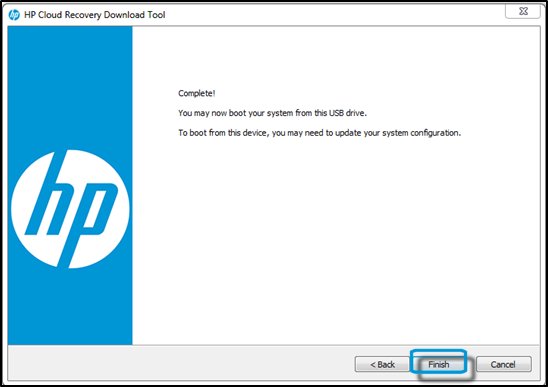

The first step is to get the DMG disk image file for the version of macOS that you want. Part 1: Download macOS or Mac OS X DMG File The bootable USB flash drive made by UUByte DMG Editor on a PC is recognized as a valid macOS Monterey installation media on a Mac. : Below is the latest successful example of macOS Monterey. All the steps except the last one are done on a Windows 10 machine. This article shows you how to download a macOS DMG file, format a USB drive using a GUID Partition Table, burn the DMG to the drive and boot your Mac from the USB. But how do you create such a disk if all you're left with is a Windows 10 computer? Fortunately, there's a great tool that you can use for free to create bootable macOS media on a USB drive in a Windows 10 environment. If your Mac suddenly refuses to boot up properly, you might need a bootable macOS USB installer to make repairs. Now you can boot up from your newly bootable disk and either Install OSX10.9 on another device or use the Terminal/Disk Utility or Firmware Password Utilities on another device.By Petty Madison | Last Updated: Nov. Remove the existing Packages alias link from the newly restored image rm /Volumes/OS\ X\ Base\ System/System/Installation/PackagesĬopy the full OSX Mavericks Packages over to the new image….takes a while cp -R /Volumes/OS\ X\ Install\ ESD/Packages/ /Volumes/OS\ X\ Base\ System/System/Installation/PackagesĪnd there it is! – to eject the new bootable USB OSX Mavericks 10.9 disk ‘cd’ to home and eject cd ~/ hdiutil eject /Volumes/OS\ X\ Base\ System/ This will change ‘ BootDisk‘ to ‘ OS X Base System‘ This puts you back in the Finder in front of the newly mounted InstallESD.dmg, go back to Terminal and clone the BaseSystem.dmg to the remote USB drive sudo asr restore -source /Volumes/OS\ X\ Install\ ESD/BaseSystem.dmg -target /Volumes/BootDisk/ -erase -noverify Swap to the newly mounted image cd /Volumes/InstallESD.dmg Mount the InstallESD.dmg buried deep in the app hdiutil attach /Applications/Install\ OS\ X\ Mavericks.app/Contents/SharedSupport/InstallESD.dmg -noverify Just for the crazy ones……after Mavericks is downloaded….and again this assumes you external disk is named BootDisk

If you want all to return back to normal and hide the system files run a couple more commands in the Terminal defaults write AppleShowAllFiles FALSE killall Finder How to create the OSX 10.9 Mavericks Bootable Drive just via Terminal


 0 kommentar(er)
0 kommentar(er)
